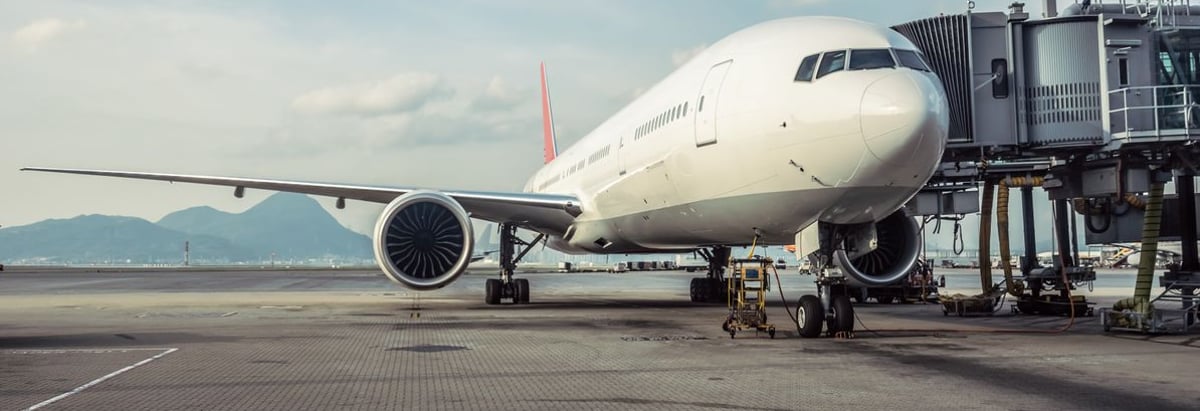Stock Analysis
- United States
- /
- Airlines
- /
- NYSE:SAVE
Spirit Airlines, Inc.'s (NYSE:SAVE) 16% loss last week hit both individual investors who own 57% as well as institutions

Key Insights
- Significant control over Spirit Airlines by retail investors implies that the general public has more power to influence management and governance-related decisions
- A total of 25 investors have a majority stake in the company with 36% ownership
- 42% of Spirit Airlines is held by Institutions
If you want to know who really controls Spirit Airlines, Inc. (NYSE:SAVE), then you'll have to look at the makeup of its share registry. The group holding the most number of shares in the company, around 57% to be precise, is retail investors. Put another way, the group faces the maximum upside potential (or downside risk).
Following a 16% decrease in the stock price last week, retail investors suffered the most losses, but institutions who own 42% stock also took a hit.
In the chart below, we zoom in on the different ownership groups of Spirit Airlines.
View our latest analysis for Spirit Airlines

What Does The Institutional Ownership Tell Us About Spirit Airlines?
Many institutions measure their performance against an index that approximates the local market. So they usually pay more attention to companies that are included in major indices.
We can see that Spirit Airlines does have institutional investors; and they hold a good portion of the company's stock. This implies the analysts working for those institutions have looked at the stock and they like it. But just like anyone else, they could be wrong. When multiple institutions own a stock, there's always a risk that they are in a 'crowded trade'. When such a trade goes wrong, multiple parties may compete to sell stock fast. This risk is higher in a company without a history of growth. You can see Spirit Airlines' historic earnings and revenue below, but keep in mind there's always more to the story.

Hedge funds don't have many shares in Spirit Airlines. Our data shows that The Vanguard Group, Inc. is the largest shareholder with 9.6% of shares outstanding. Meanwhile, the second and third largest shareholders, hold 7.2% and 3.0%, of the shares outstanding, respectively.
On studying our ownership data, we found that 25 of the top shareholders collectively own less than 50% of the share register, implying that no single individual has a majority interest.
While it makes sense to study institutional ownership data for a company, it also makes sense to study analyst sentiments to know which way the wind is blowing. Quite a few analysts cover the stock, so you could look into forecast growth quite easily.
Insider Ownership Of Spirit Airlines
While the precise definition of an insider can be subjective, almost everyone considers board members to be insiders. Company management run the business, but the CEO will answer to the board, even if he or she is a member of it.
Insider ownership is positive when it signals leadership are thinking like the true owners of the company. However, high insider ownership can also give immense power to a small group within the company. This can be negative in some circumstances.
Our information suggests that Spirit Airlines, Inc. insiders own under 1% of the company. It seems the board members have no more than US$3.0m worth of shares in the US$422m company. Many investors in smaller companies prefer to see the board more heavily invested. You can click here to see if those insiders have been buying or selling.
General Public Ownership
The general public, mostly comprising of individual investors, collectively holds 57% of Spirit Airlines shares. With this amount of ownership, retail investors can collectively play a role in decisions that affect shareholder returns, such as dividend policies and the appointment of directors. They can also exercise the power to vote on acquisitions or mergers that may not improve profitability.
Next Steps:
It's always worth thinking about the different groups who own shares in a company. But to understand Spirit Airlines better, we need to consider many other factors. Take risks for example - Spirit Airlines has 2 warning signs (and 1 which is a bit concerning) we think you should know about.
If you are like me, you may want to think about whether this company will grow or shrink. Luckily, you can check this free report showing analyst forecasts for its future.
NB: Figures in this article are calculated using data from the last twelve months, which refer to the 12-month period ending on the last date of the month the financial statement is dated. This may not be consistent with full year annual report figures.
Valuation is complex, but we're helping make it simple.
Find out whether Spirit Airlines is potentially over or undervalued by checking out our comprehensive analysis, which includes fair value estimates, risks and warnings, dividends, insider transactions and financial health.
View the Free AnalysisHave feedback on this article? Concerned about the content? Get in touch with us directly. Alternatively, email editorial-team (at) simplywallst.com.
This article by Simply Wall St is general in nature. We provide commentary based on historical data and analyst forecasts only using an unbiased methodology and our articles are not intended to be financial advice. It does not constitute a recommendation to buy or sell any stock, and does not take account of your objectives, or your financial situation. We aim to bring you long-term focused analysis driven by fundamental data. Note that our analysis may not factor in the latest price-sensitive company announcements or qualitative material. Simply Wall St has no position in any stocks mentioned.
About NYSE:SAVE
Fair value with weak fundamentals.

